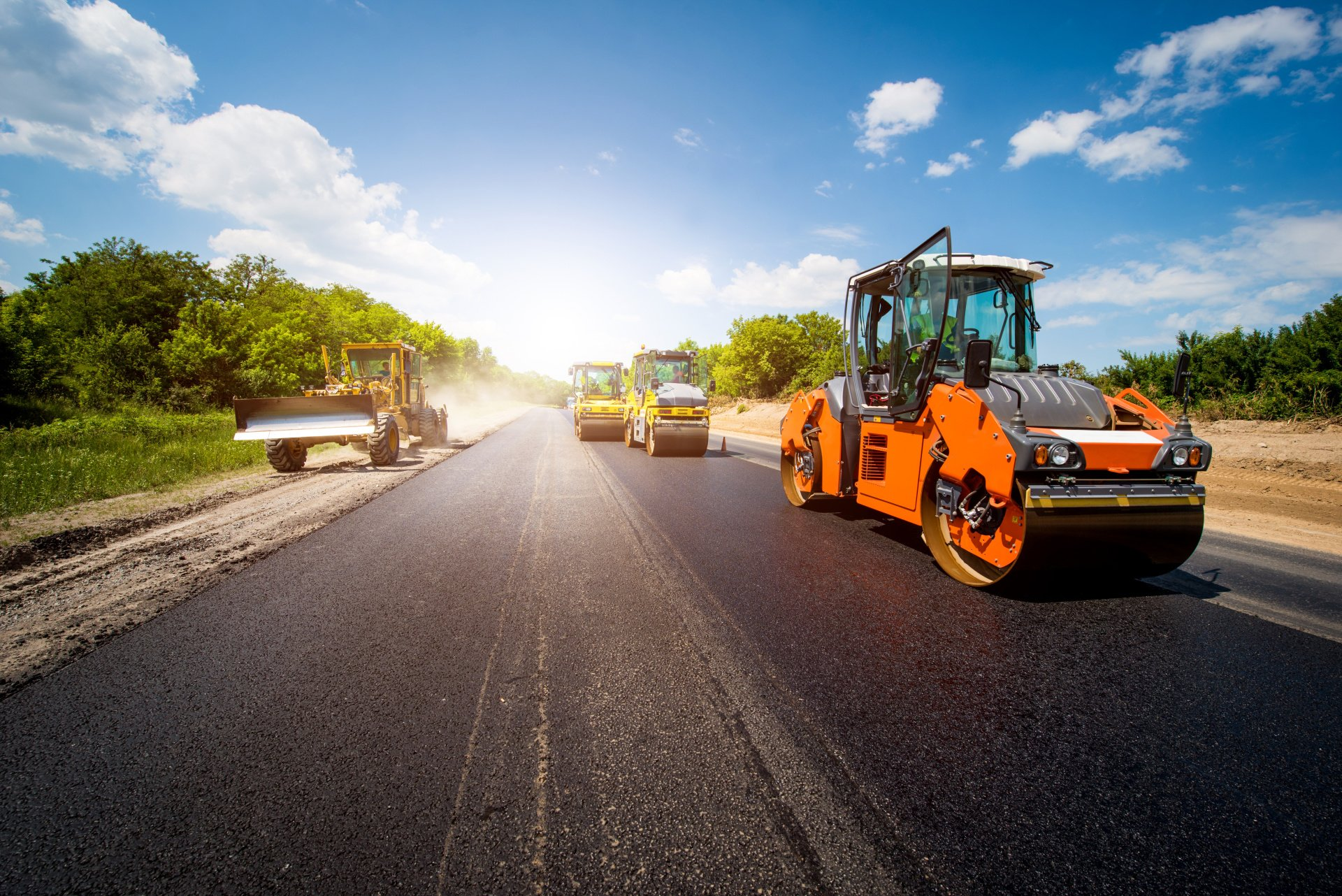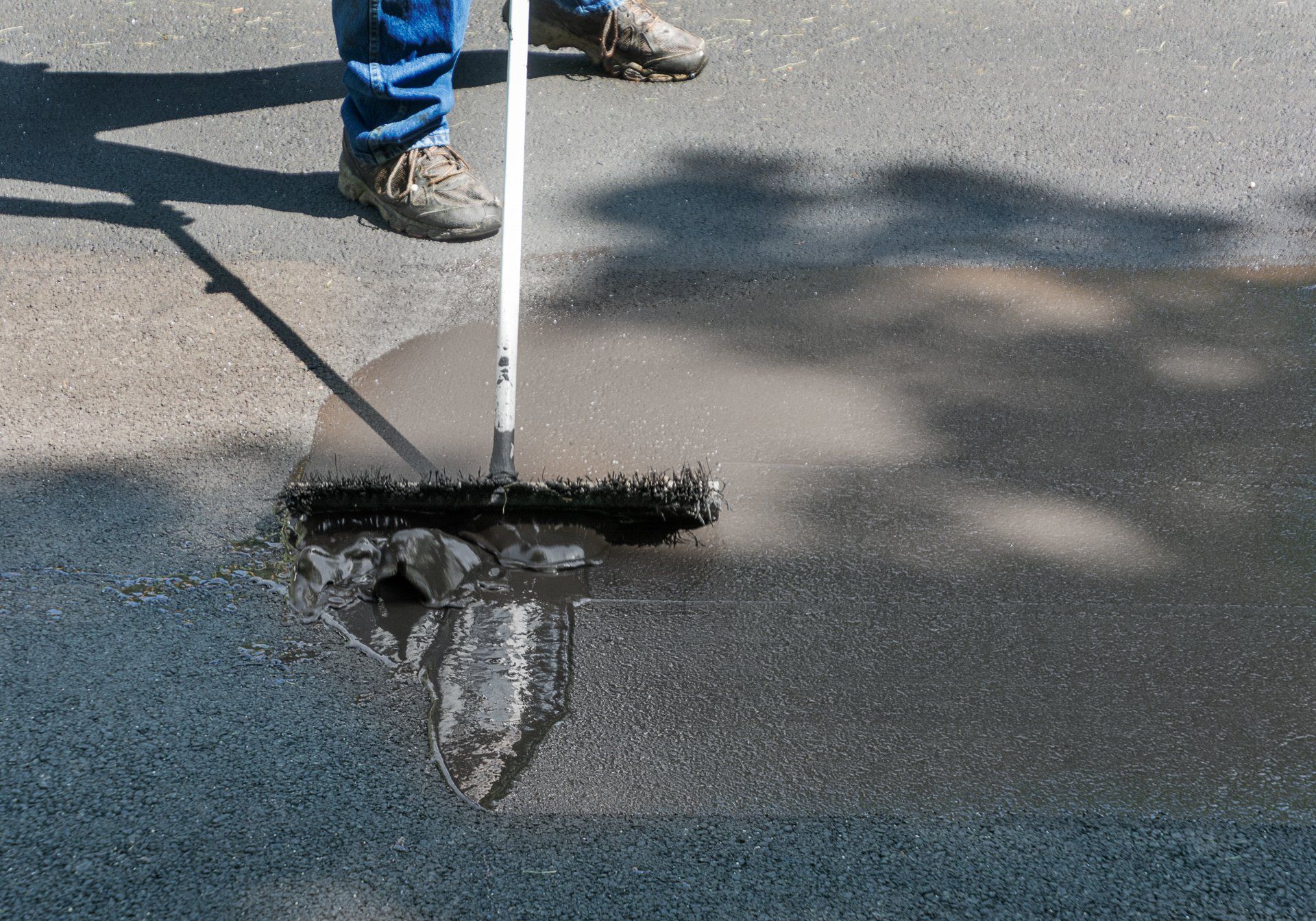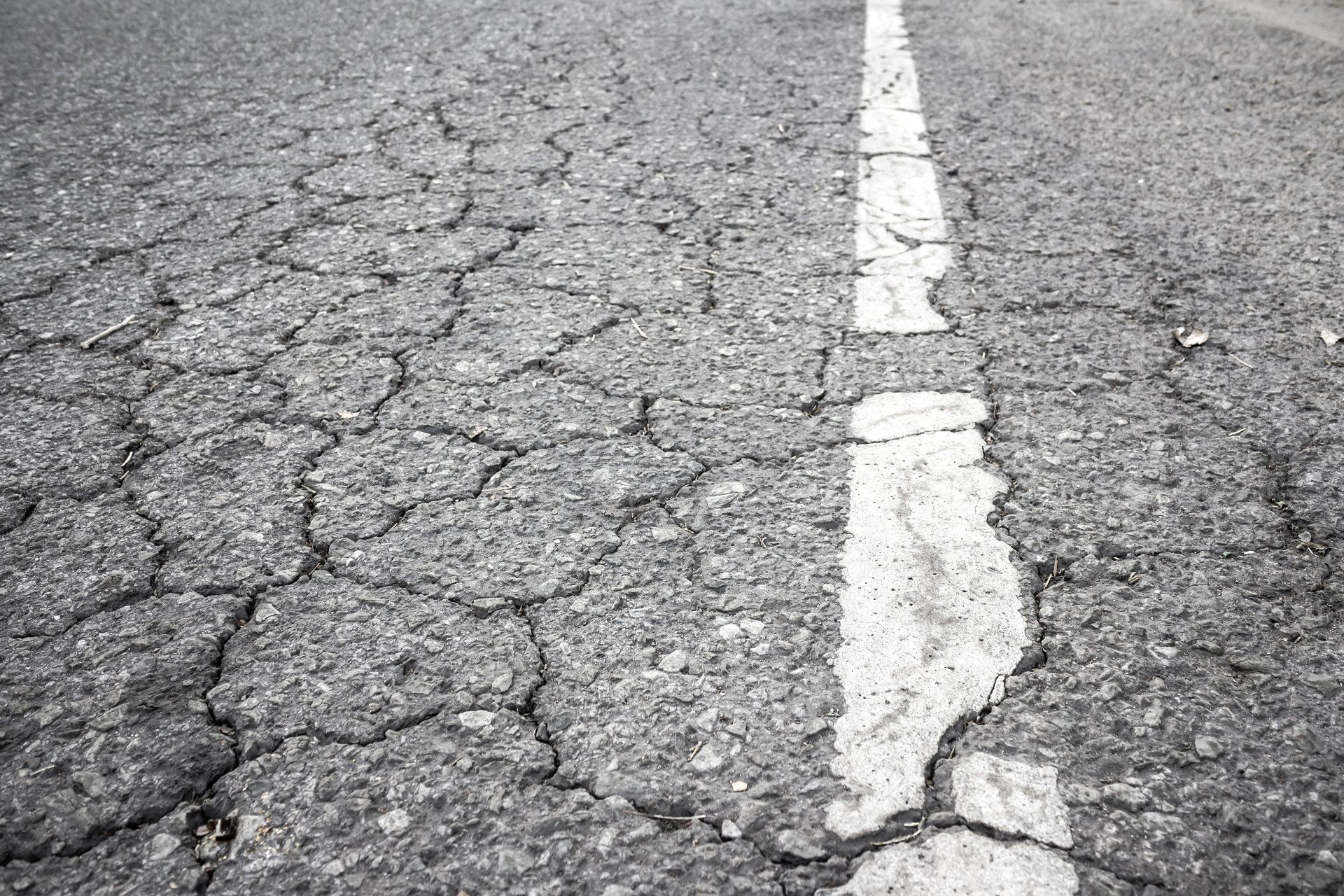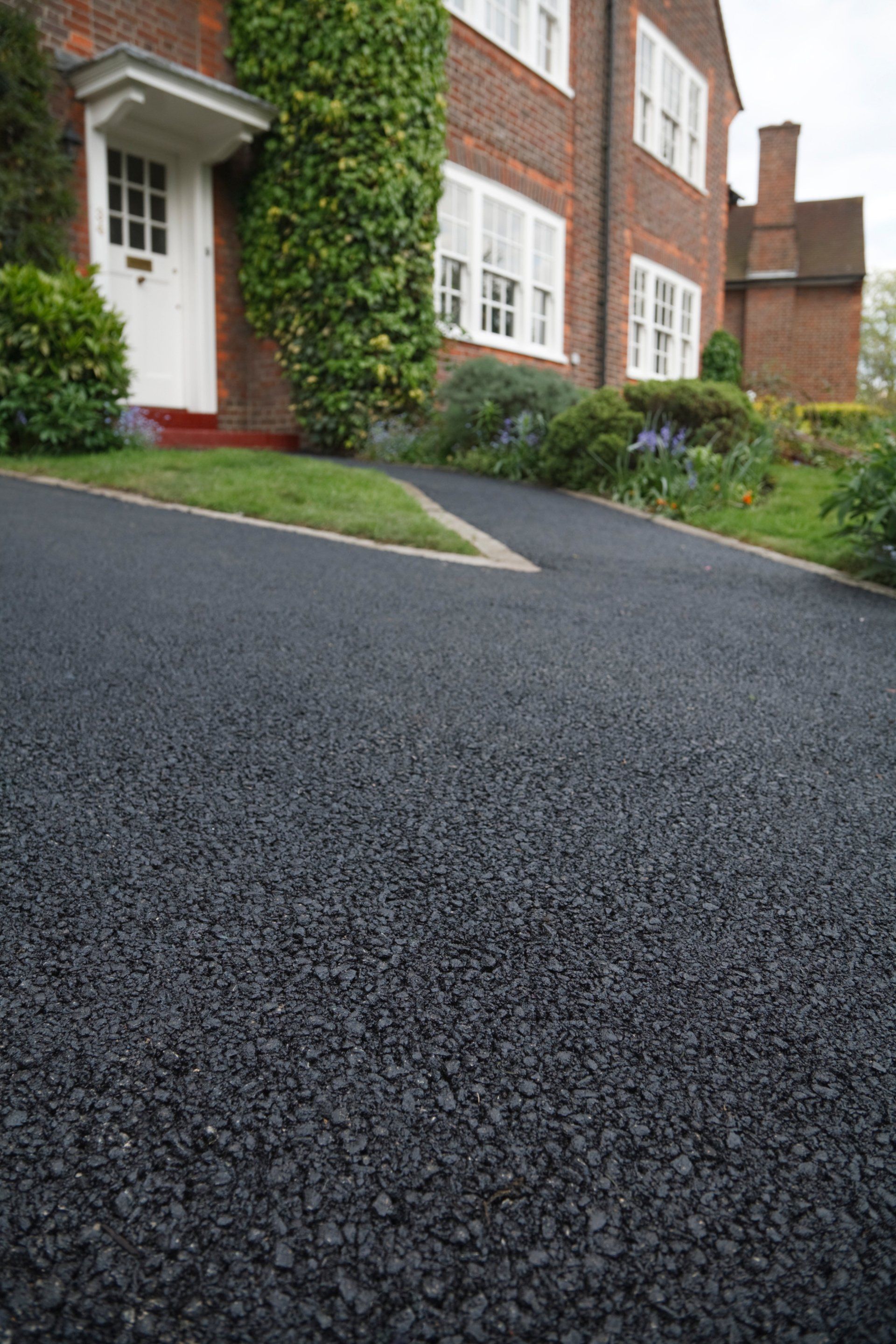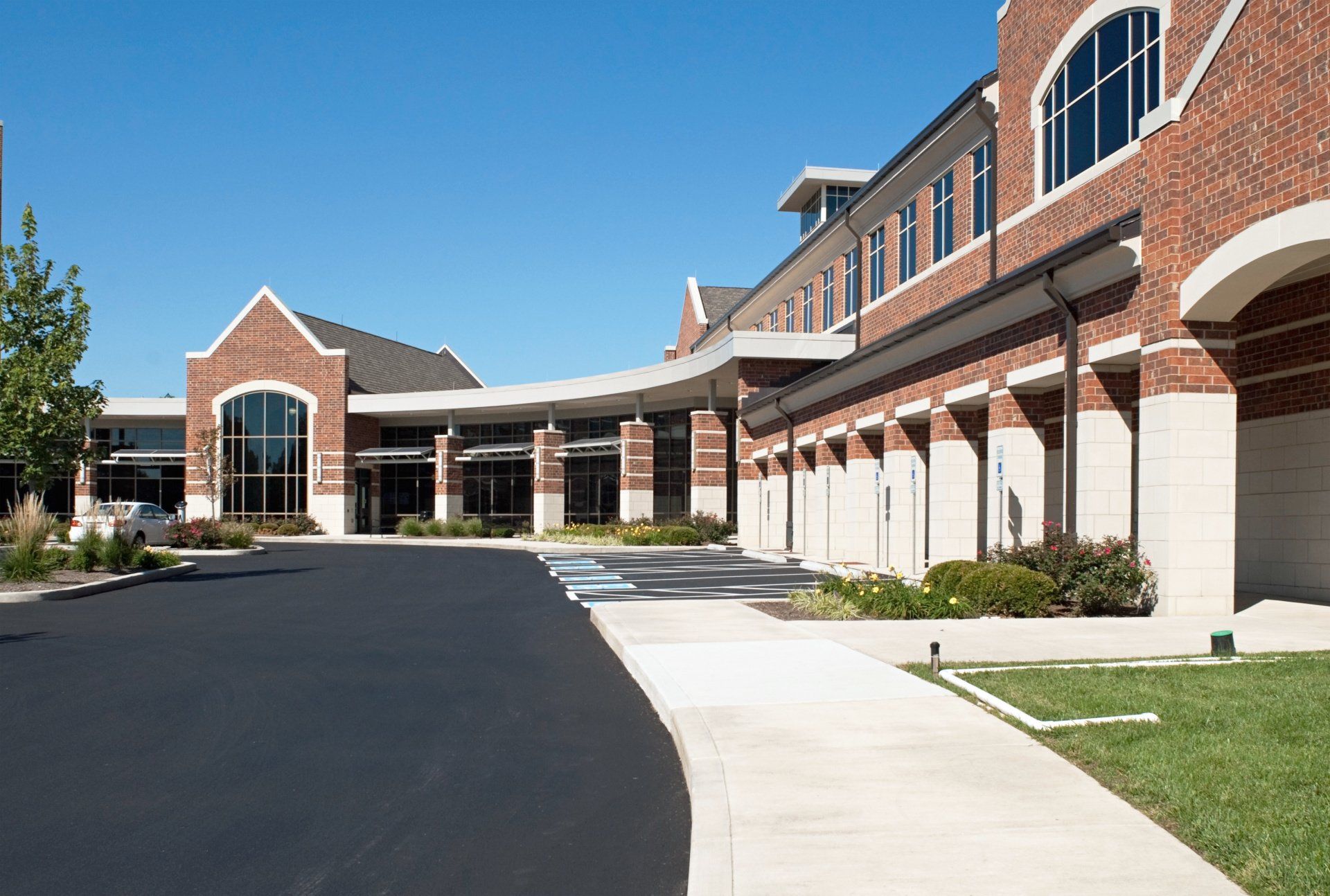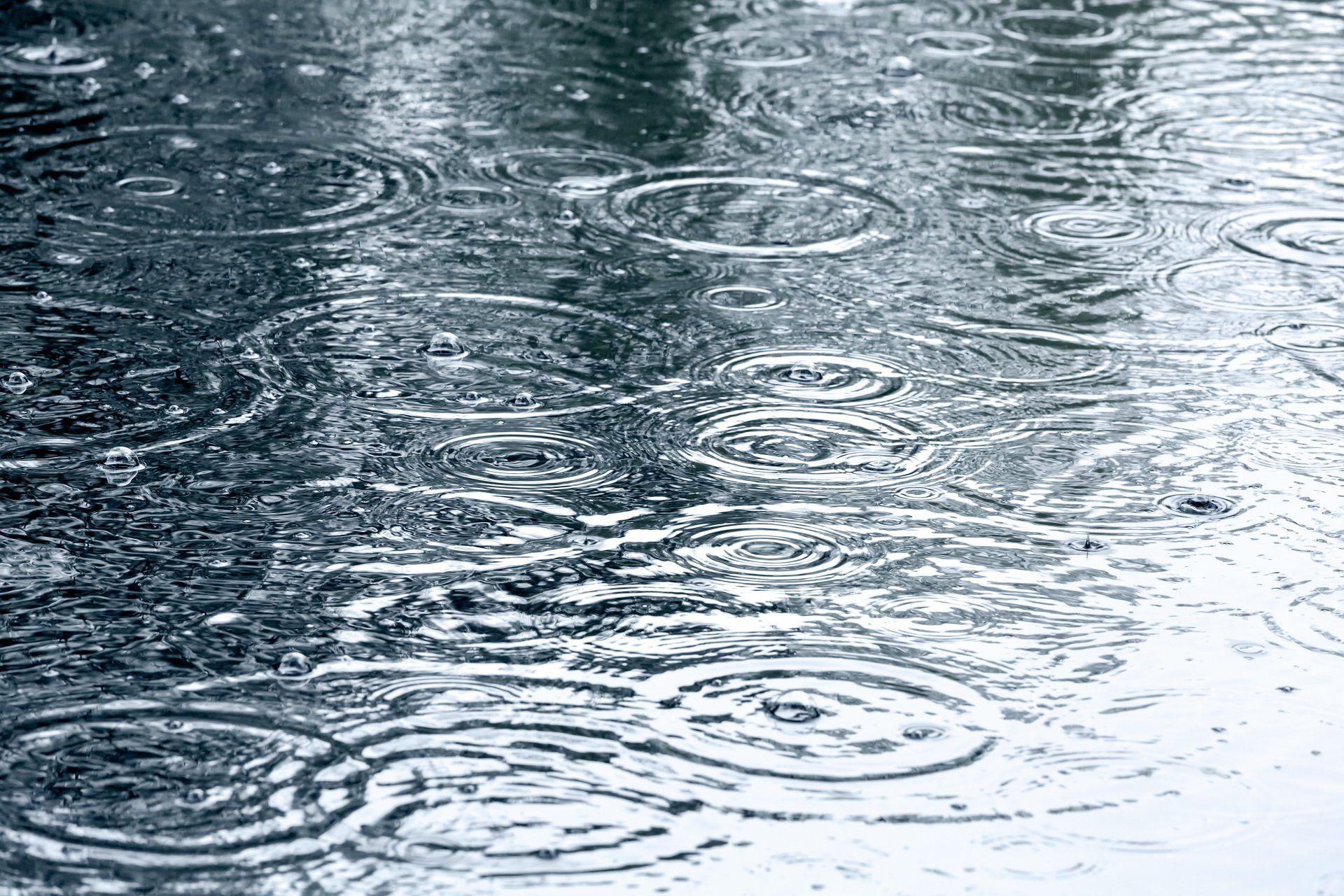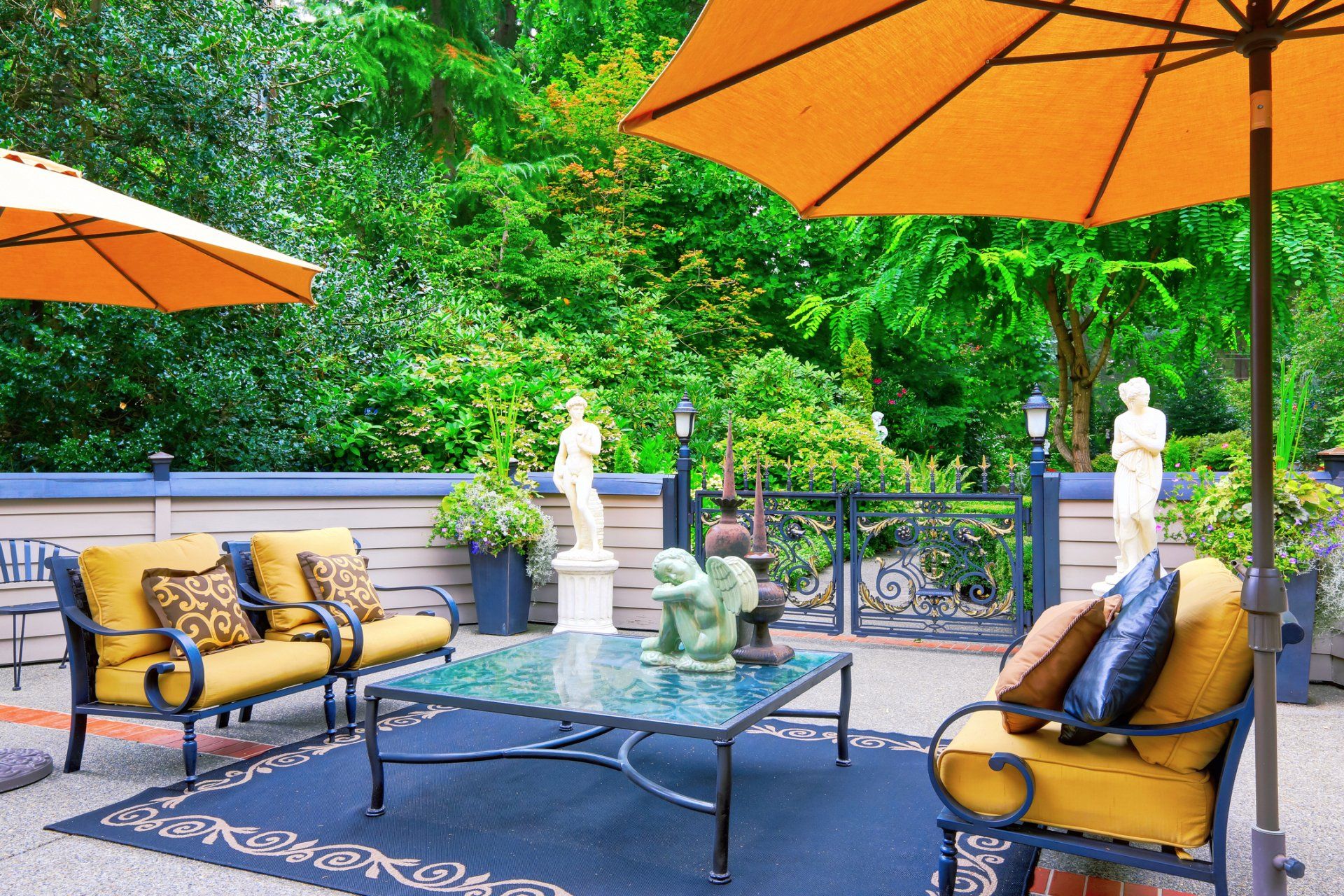Sealcoating if You Live Near A Very Wet Area
A good sealcoat will protect your driveway from damage and ensure that it is as secure as possible. However, putting one on your driveway in a wet area can be an issue. So if you want sealcoating in Madison, LaCrosse, Onalaska, or Baraboo, Wisconsin, you need to pay attention to these factors to ensure that things go smoothly when the rainy season rolls around your way.
The Factors That Influence Coating
Before discussing the problems that occur when sealcoatingin wet areas, it is essential to know what conditions make for the best sealcoat. This information is critical because a large number of people try to add one of these coats to their driveway without taking the proper steps of ensuring that it is strong enough for it. As a result, they may make mistakes that worsen the structure of their driveway.
For example, you need to add a sealcoat to a driveway when the temperature is going to be 50 degrees Fahrenheit or higher for at least one full day. When the temperature drops below this level, the sealer won't stick properly. And since many wet areas of the nation tend to experience colder temperatures, it is essential to pay attention to the heat before adding a sealcoat to a driveway.
Just as importantly, it is crucial to make sure that no rain falls during the time when you're adding a sealcoat. The ground can't even be wet when you apply a sealcoat, or you will run into trouble. And the humidity of the air is another consideration to take into mind. Wet areas often have higher levels of water in the air, which can cause further complications with the surface of your driveway.
Why Living in a Wet Area Can Be a Problem
Wet conditions are never a good thing for the sealcoatingprocess. When it rains on a sealcoat, the sealant may wash away and end up in your yard instead of drying on your driveway. Even if the coat has sealed but has not entirely cured, rain could still cause a problem with your driveway.
For example, the rain could hit the surface and cause a speckled effect that is unattractive and which destroys its protective qualities. Even worse, the water could wreck the curing process by washing away essential chemical additives that keep your sealcoat secure.
Most of these problems can be easily avoided by installing a sealcoat when the conditions are what was suggested in the previous section. Once a sealcoat has cured on a driveway, it shouldn't experience too many more problems with water. While you may need to add a new coating more often than you would in drier areas, the actual damage mostly occurs during installation.
Avoiding This Problem
If you're worried about the weather affecting the quality of your sealcoat, it is crucial to take into account a variety of different aspects. For example, you should only sealcoat when the temperature is appropriate, and no rain is going to fall. In moist areas, this may be only a brief period, but there should be at least one or two weeks every year when no rain is going to fall and the coating can be applied.
Just as importantly, it is critical to know how to cover up your driveway if an unexpected rainstorm is likely to occur. A tarp placed over the coat – but held up above it by an inch or so – minimizes direct water impact damage. Beyond that, it also helps to ensure that the temperature is a little warmer if it drops during the rain. While some water may end up on the sealcoat, the level will be much lower.
Another way to avoid this issue is to get a sealcoat in the summer when rain is less likely to occur. You might be compelled to get a sealcoat in the spring or fall because the temperature will be cooler and less hard to work in for extended periods. However, summer is the best time for sealcoatingbecause you'll get the kind of temperature and humidity levels that you need for your driveway's protection.
DIY Coating is Not Wise
While you might think that you can handle sealcoatingon your own and try to implement these tips without professional help, you are setting yourself up for a potential disaster if you do. It's not that coating is impossible to do if you're an amateur or have little experience in the field. Instead, it is more likely that you'll make mistakes that professionals would not and which will need to be fixed.
For example, you may try to coat your driveway too soon after a rainstorm and end up getting water in it. This will cause the coating to run and trigger disastrous results. You may also try to coat when the weather is not quite ready for it and end up finding a rainstorm is on its way before you coat has had the time it needs to dry and cure. The end result will be another runny mess and difficulties with your driveway.
Other mistakes include adding too much to a single area and causing a bulge in the coating that is unattractive and hard to fix. In some cases, you may even have to end up sanding the surface of this bulge to get it back down to standard size. The nature of these fixes can be quite simple but hard to do if you don't have the same kind of coating insight a professional can bring to the job.
Getting Help From Us
So if you want the best sealcoating Madison, LaCrosse, Onalaska, and Baraboo, Wisconsinhas to offer, please contact us at Custom Sealcoating. We have years of experience working in our field and have worked to protect many driveways in wet areas. We know how to not only add sealcoat to your driveway but to make sure that it looks as secure as possible for years to come.

